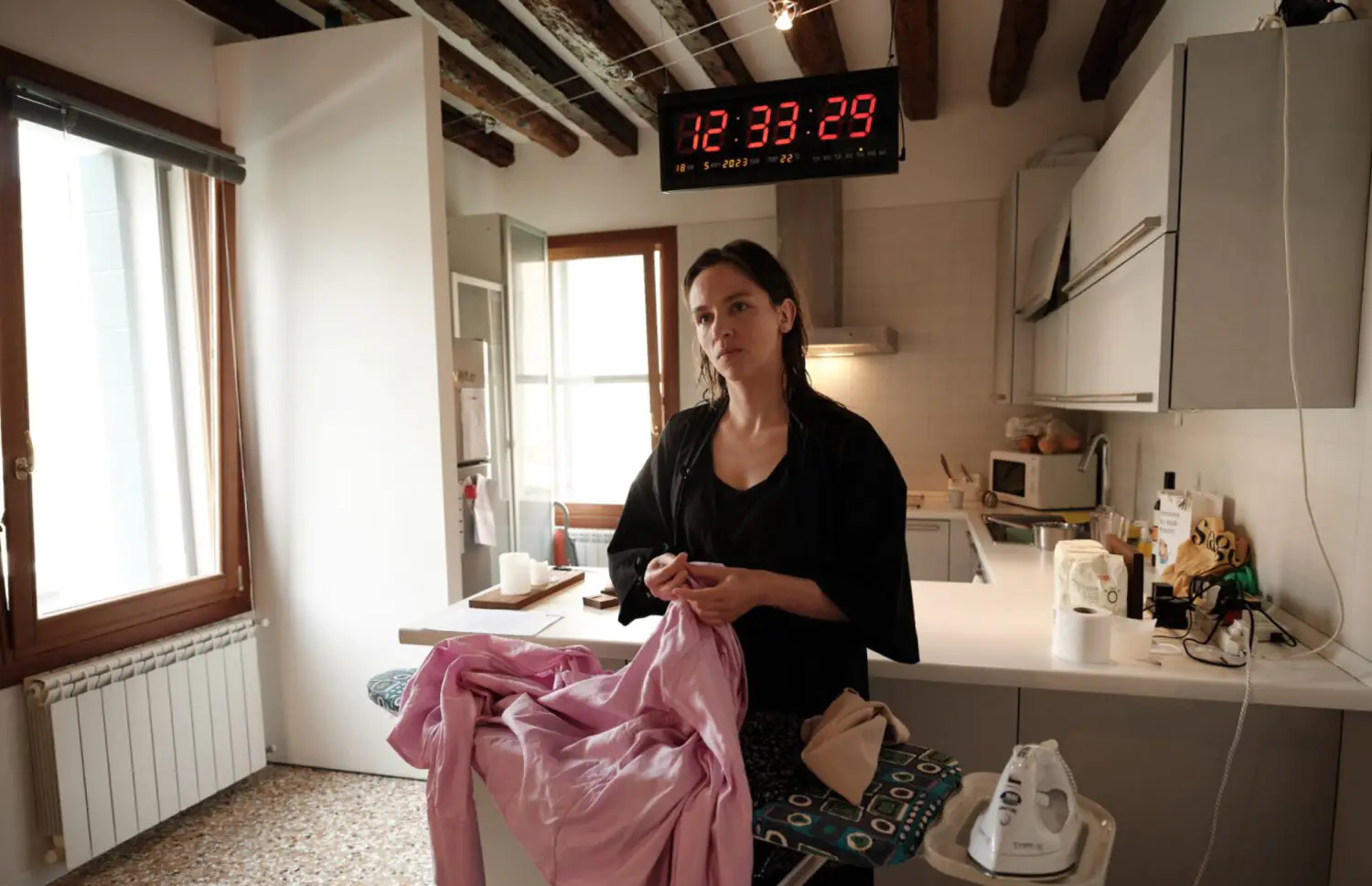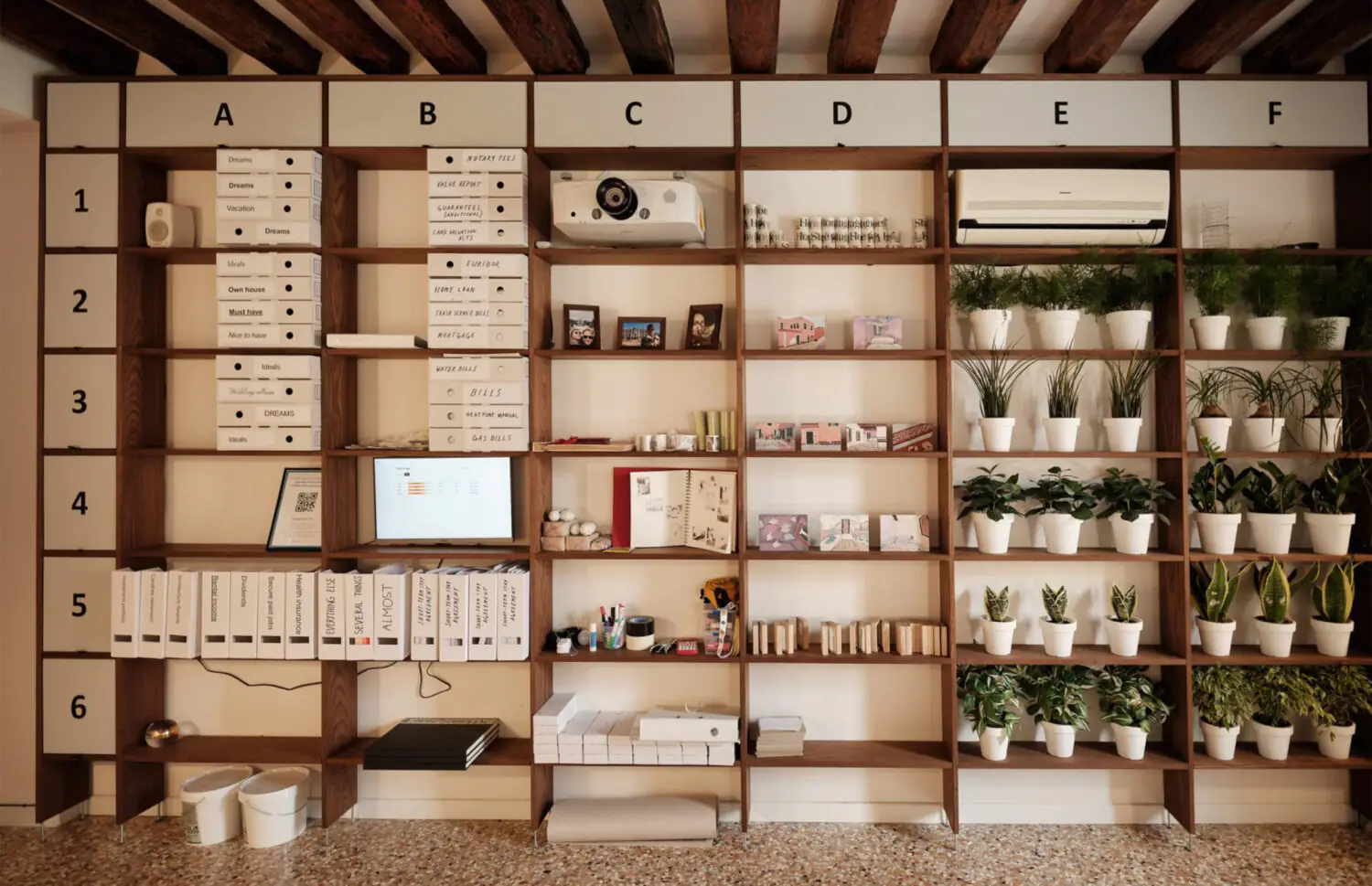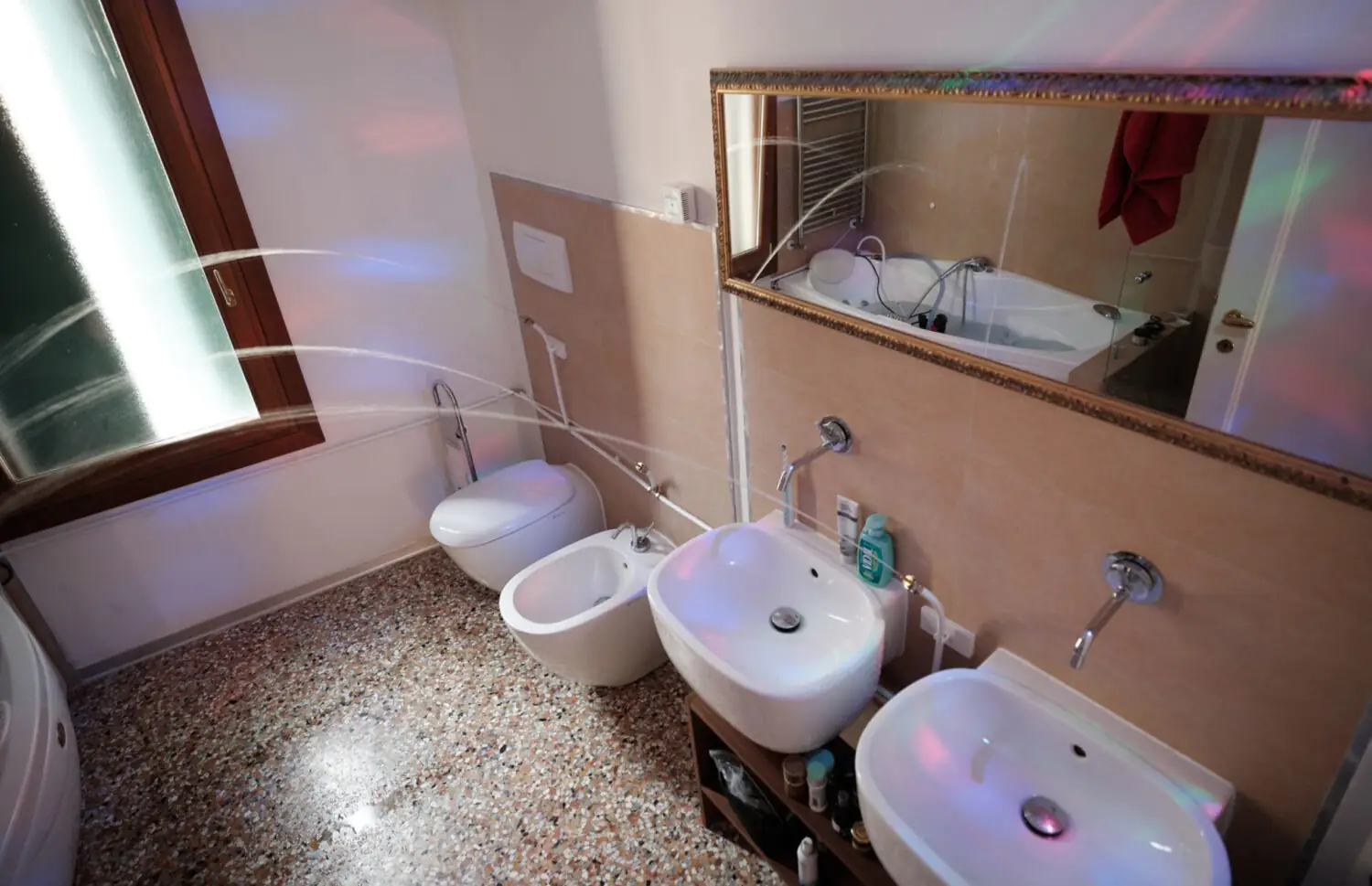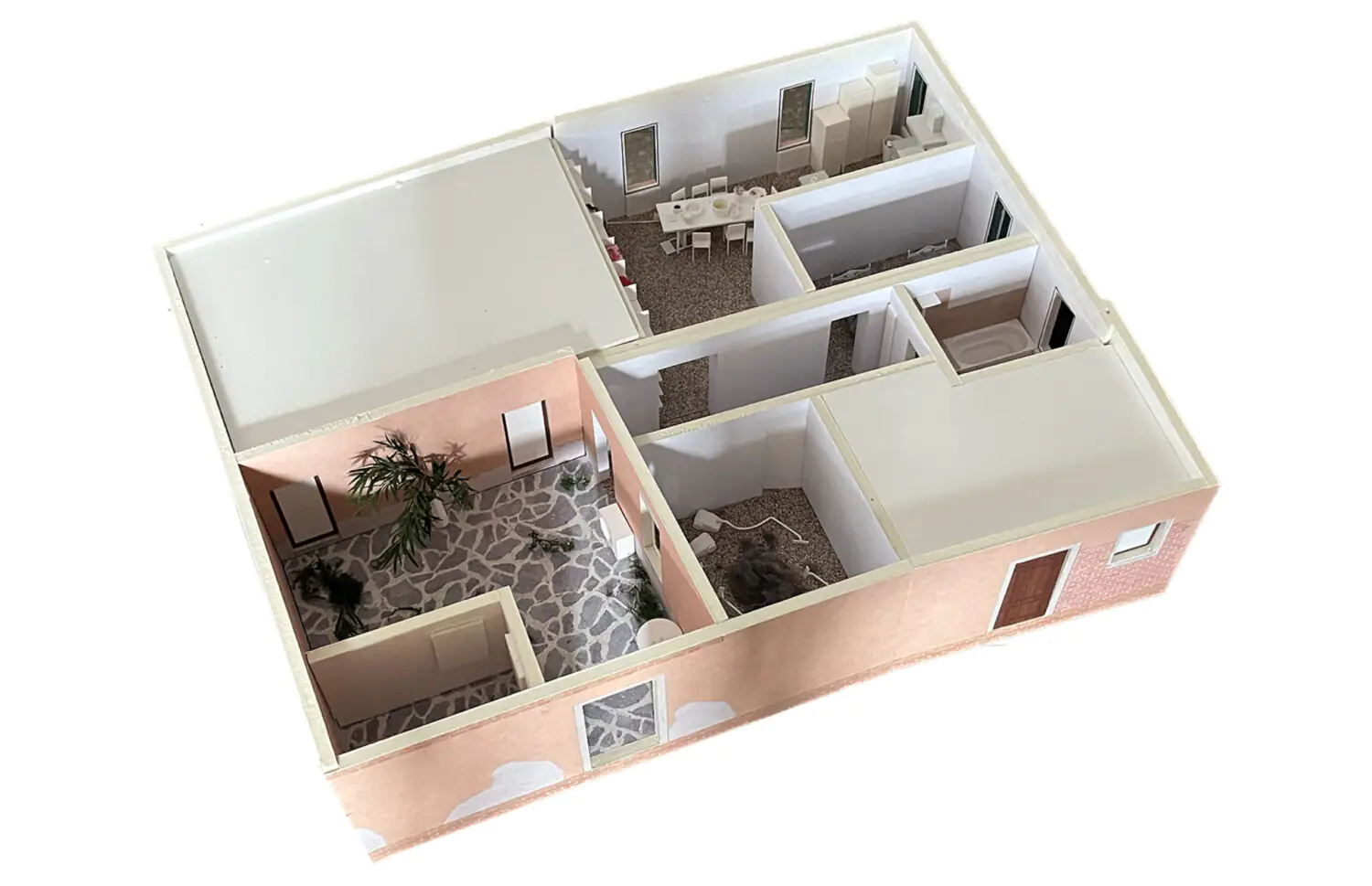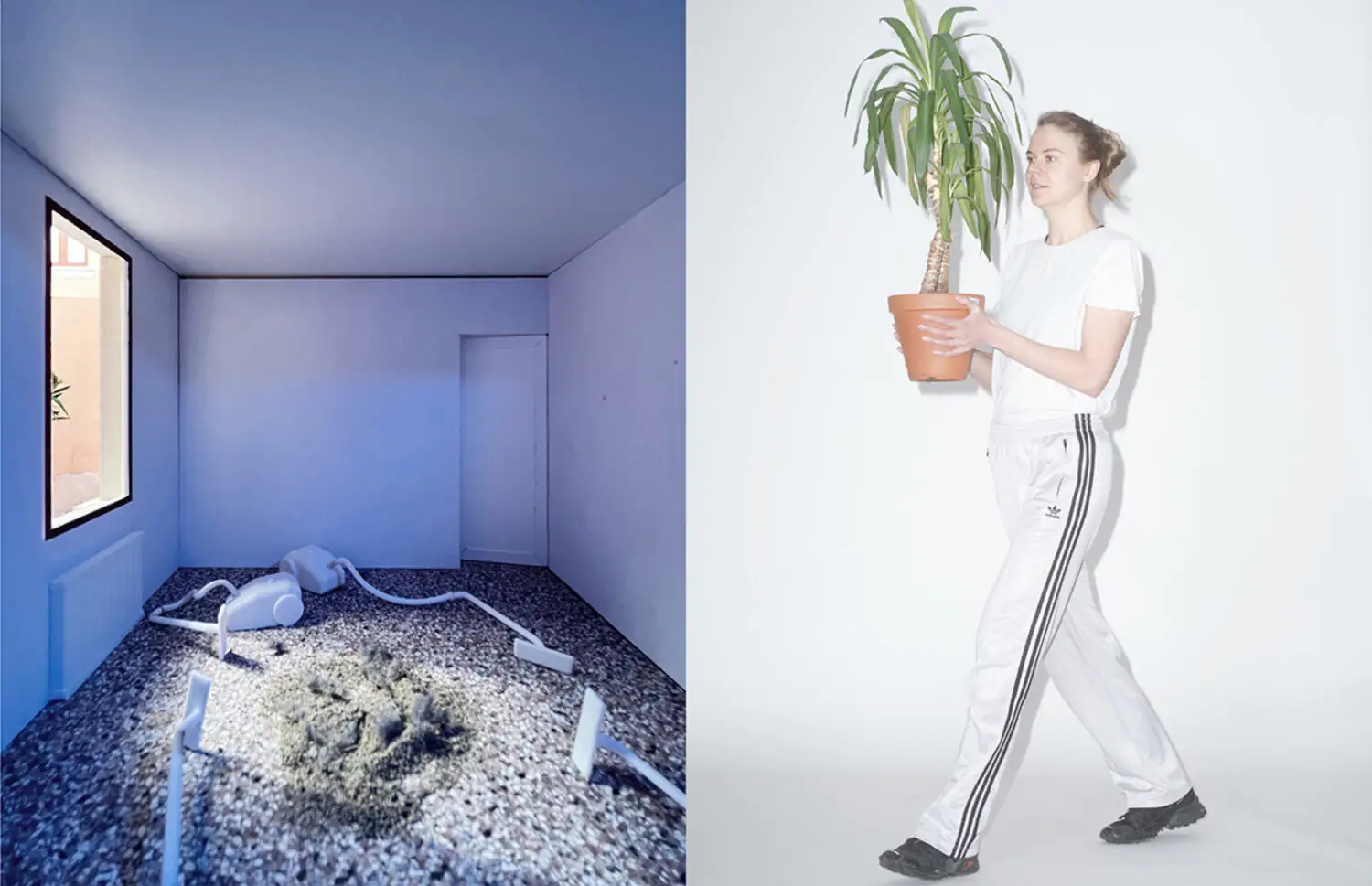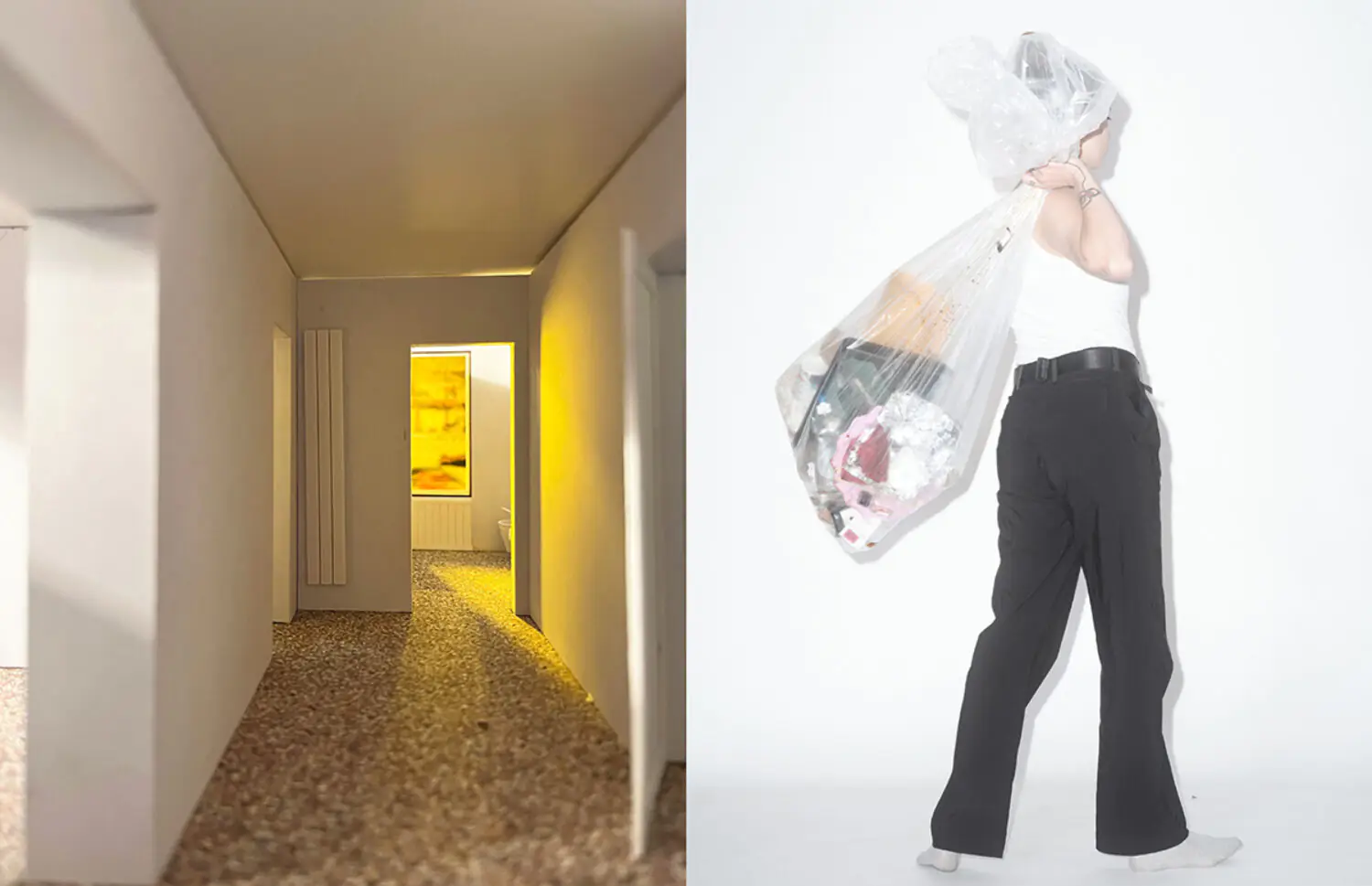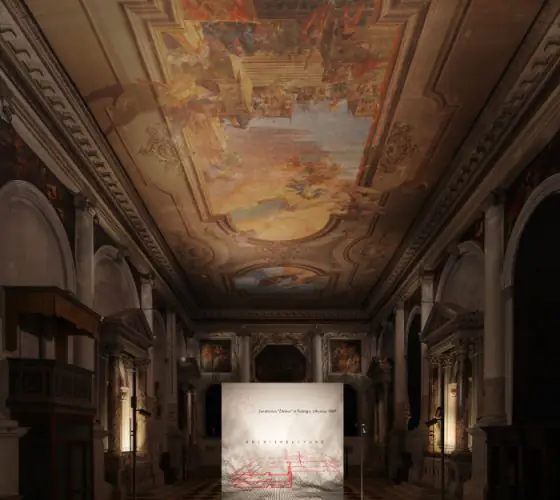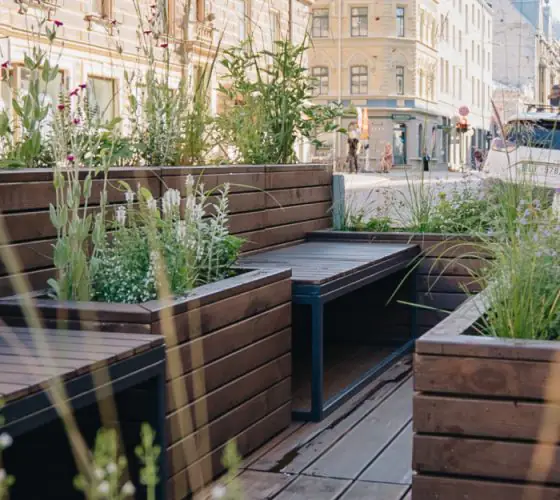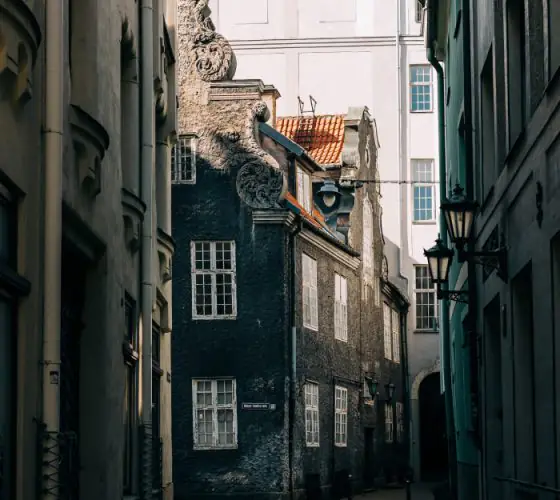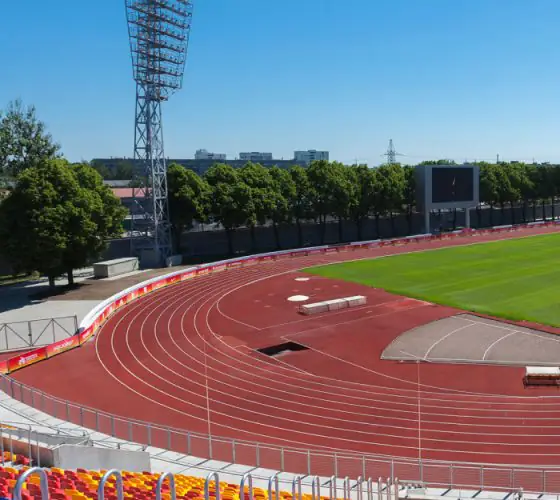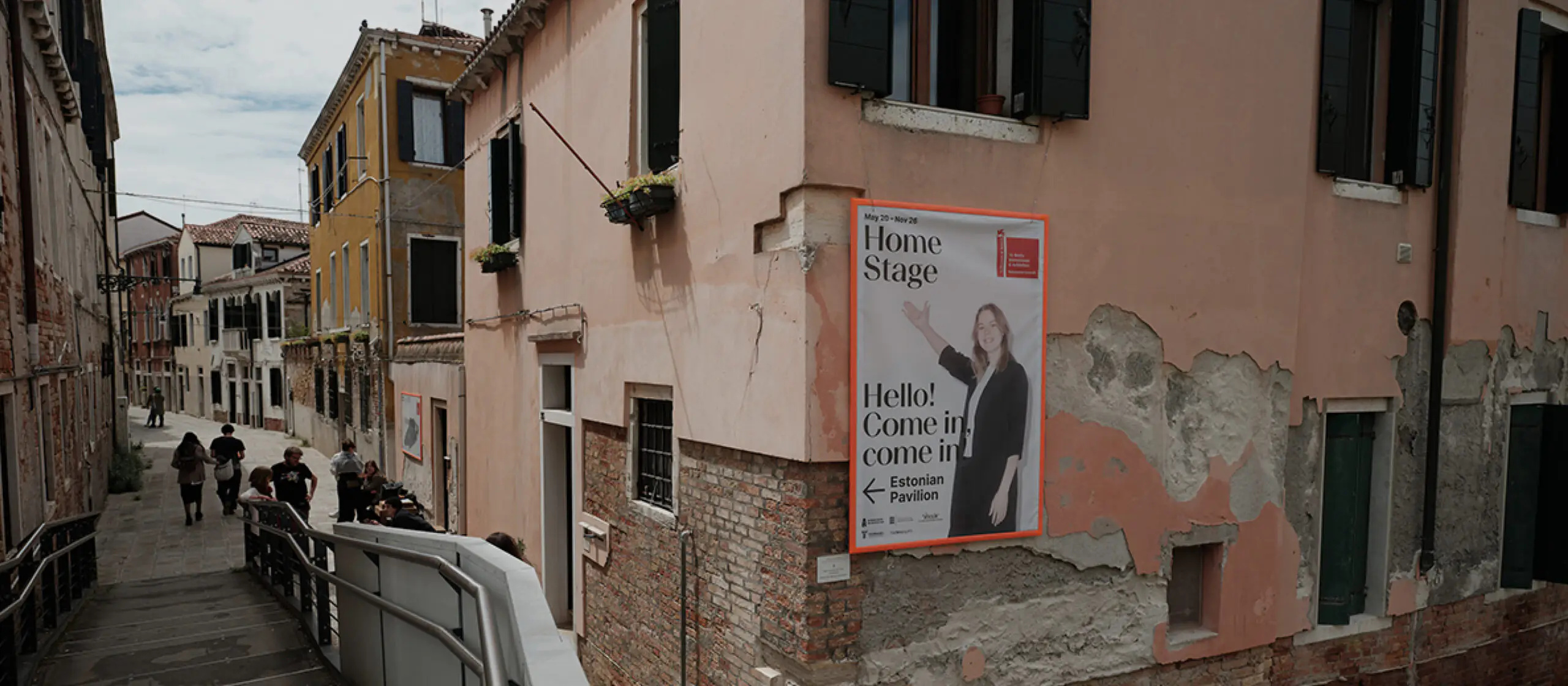
This year’s theme sounds quite simple: Laboratory of the Future. And from an exhibition with such a name you would expect futuristic architecture in the manner of Zaha Hadid and Jean Nouvel, impressive masterplans and glorification of the most cutting-edge and sophisticated technologies. But it seems that the era of architectural “special effects” and techno-optimism has come to an end. The environmental crisis, the pandemic, Russia’s war with Ukraine and other cataclysms require a new approach.
The Biennale exhibits are still impressive, and their authors use progressive ideas to make the world a better place. But now they talk to the viewer about much more down-to-earth topics: Finland, for example, dedicated a pavilion in the Giardini Gardens to improving toilets, while the Belgians presented a building material made of mushroom mycelium.
The projects of Estonia, Latvia, and Lithuania are very different. But they do have something in common: they allow us to take a new look at the spaces familiar to everyone in the Baltics.
The Venice Biennale exhibitions are open until November 26. The price of a standard one-day ticket is 25 euros and can be purchased online.
Estonia: the Future is Our Home
/ project /
Estonian architects rented an apartment next to the Arsenal and the Ponte dei Pensieri bridge. A total of 90 square meters, this apartment is, in fact, an exhibition. The exhibit, called Home Stage, occupies the entire space of two bedrooms, a bathroom, and a large living room with a dining area and kitchen.
/ authors /
The curators and authors of the pavilion are Aet Ader, Arvi Anderson, and Mari Möldre from the young Tallinn architectural bureau b210 Architects. They have previously designed the interiors of the Estonian Embassy in Singapore and the “forest library” pavilion on the E11 walking route, which runs through the national parks of the three Baltic states. In addition, b210 worked on the design of large national exhibitions and expositions: DIY Estonia, Creating the Self: Emancipating Woman in Estonian and Finnish Art.
/ meaning /
Pavilion encourages the audience to ironically rethink their relationship with their own home and look at it in the context of contemporary capitalist realities. The apartment can be a quiet place where people are as relaxed and vulnerable as possible, or it can be a bargain: “real estate” with “amenities”, “a good location”, and “investment”. And there is a huge gap between the idealized view of home and the object of real estate.
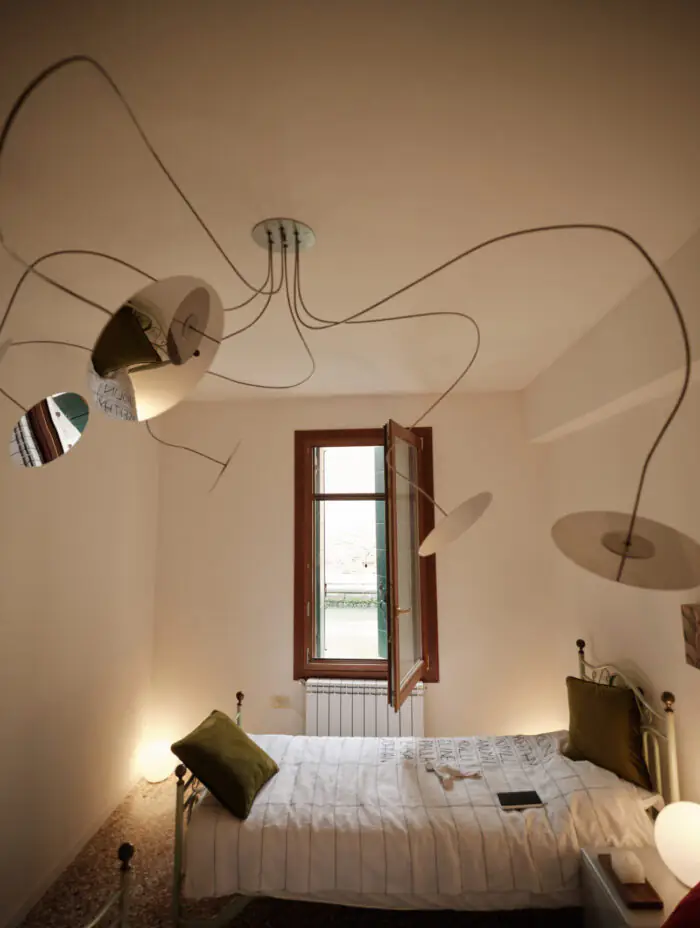
dezeen.com
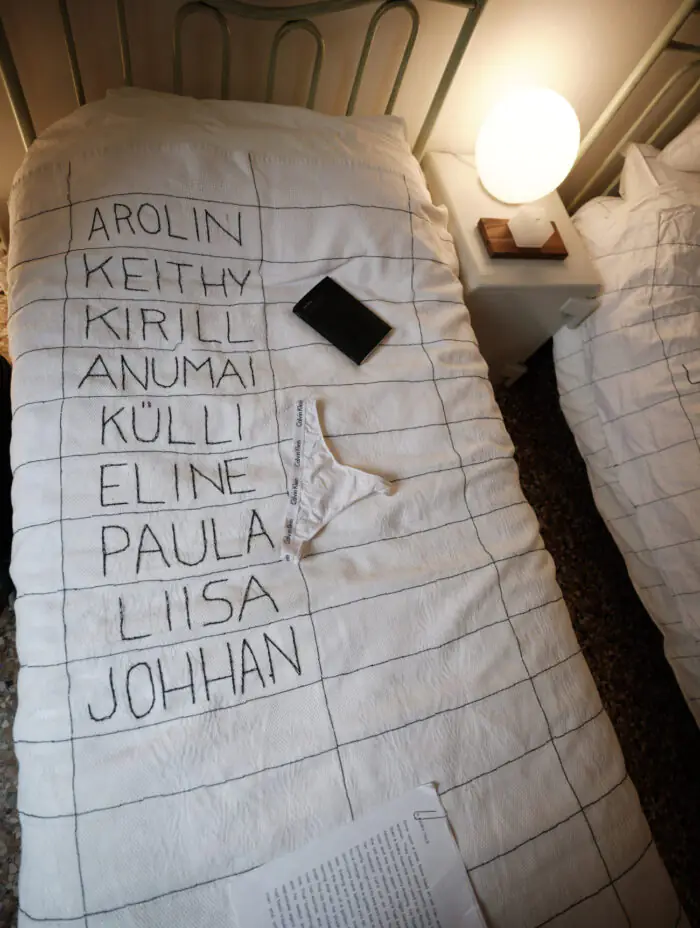
dezeen.com
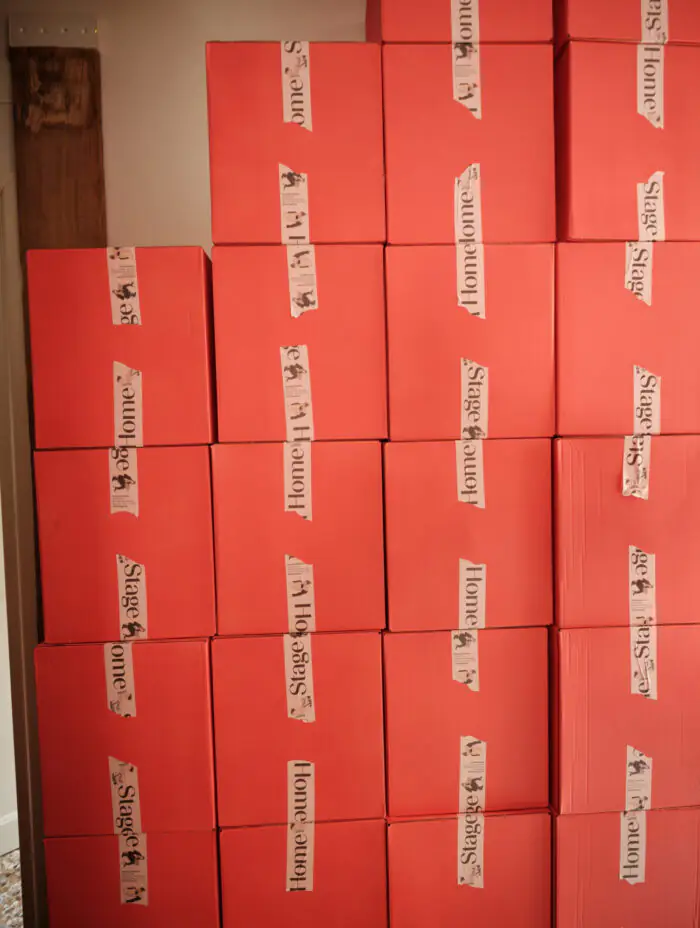
dezeen.com
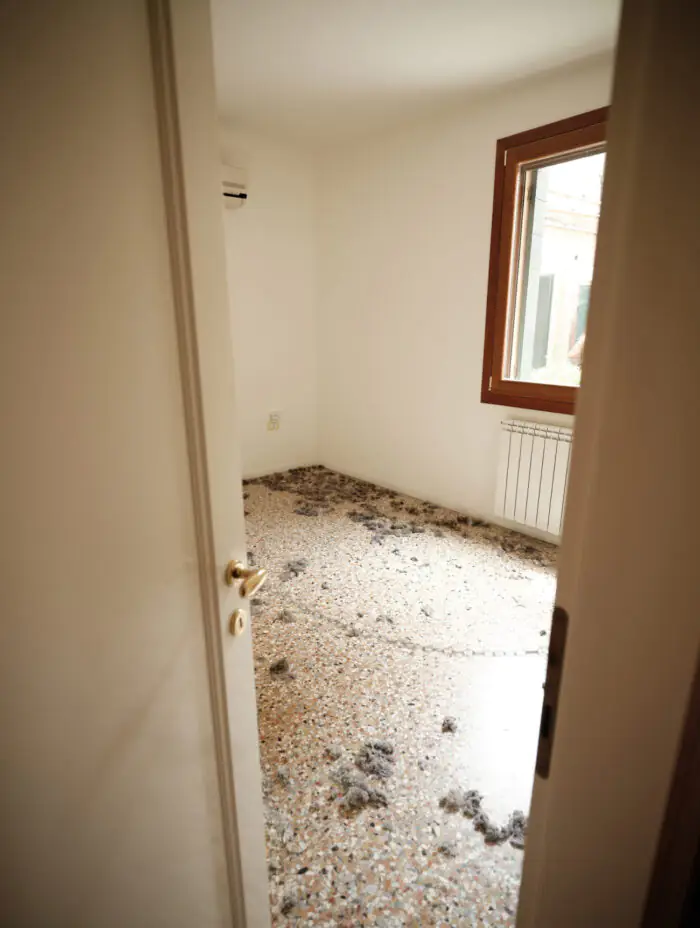
dezeen.com
“…dreams collide with reality, owners with tenants, sellers with buyers, coziness with alienation. The contrast between home and real estate embodies a variety of human relationships and contradictory situations: depending on our role, our attitude towards spaces and how people around us also change.”
For the entire nine months of the Biennale, the apartment will be home to performance artists, one for each month. Their names and dates of stay are listed on the pavilion’s website. After the exhibition is over, they will present their impressions in a report project.
Opening hours
Wednesday-Sunday from 11:00 a.m to 7:00 p.m.
break 2:30–3:30 p.m.
till November 26
Latvia: the future is a supermarket of ideas
/ project /
T/C Latvija is located in the main building of the Venetian Arsenal, between the pavilions of Bahrain and Kosovo. It is a space like a sales floor with carts, a cash machine, and employees in the uniforms of a fictional supermarket. On the shelves are 506 cartons with descriptions of exhibition projects from previous biennials: their labels are AI-generated. You can take the goods to the cash desk and get a special receipt.
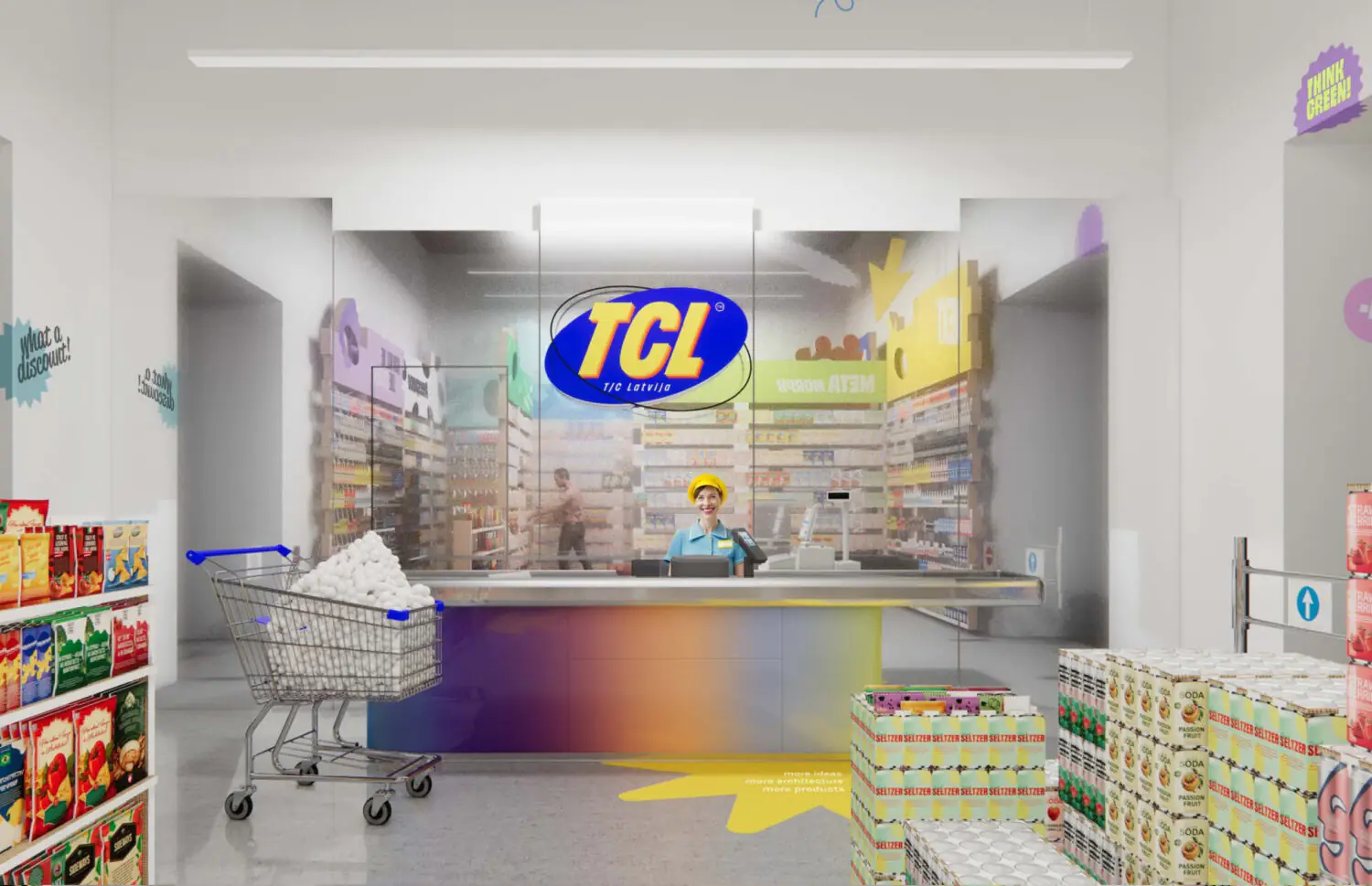
facebook.com/LVpavilion
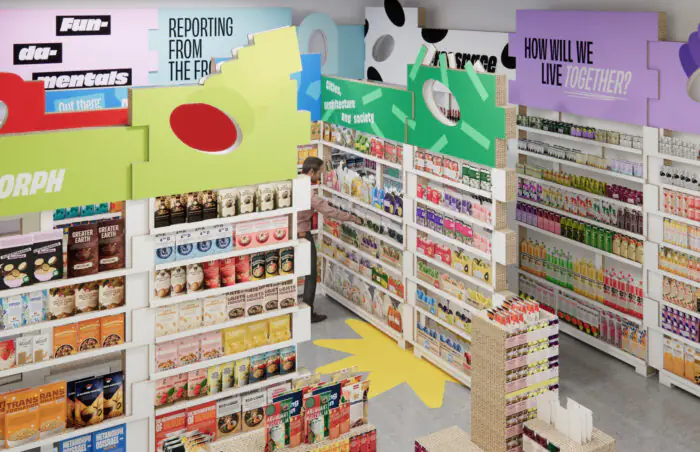
facebook.com/LVpavilion

facebook.com/LVpavilion
/ authors /
The exhibition was curated by Uldis Jaunzems-Pēterson, director of the Talsi Regional Museum. The architects of the pavilion were Ernests Cerbulis from DEI arch, Ints Menģelis, the author of the Latvian pavilion at the Shanghai Expo, and Toms Kampars. Designer Karola Rubene also played an important role in the team; she designed the packaging. Rubene shared her impressions about that work on her Instagram-account.
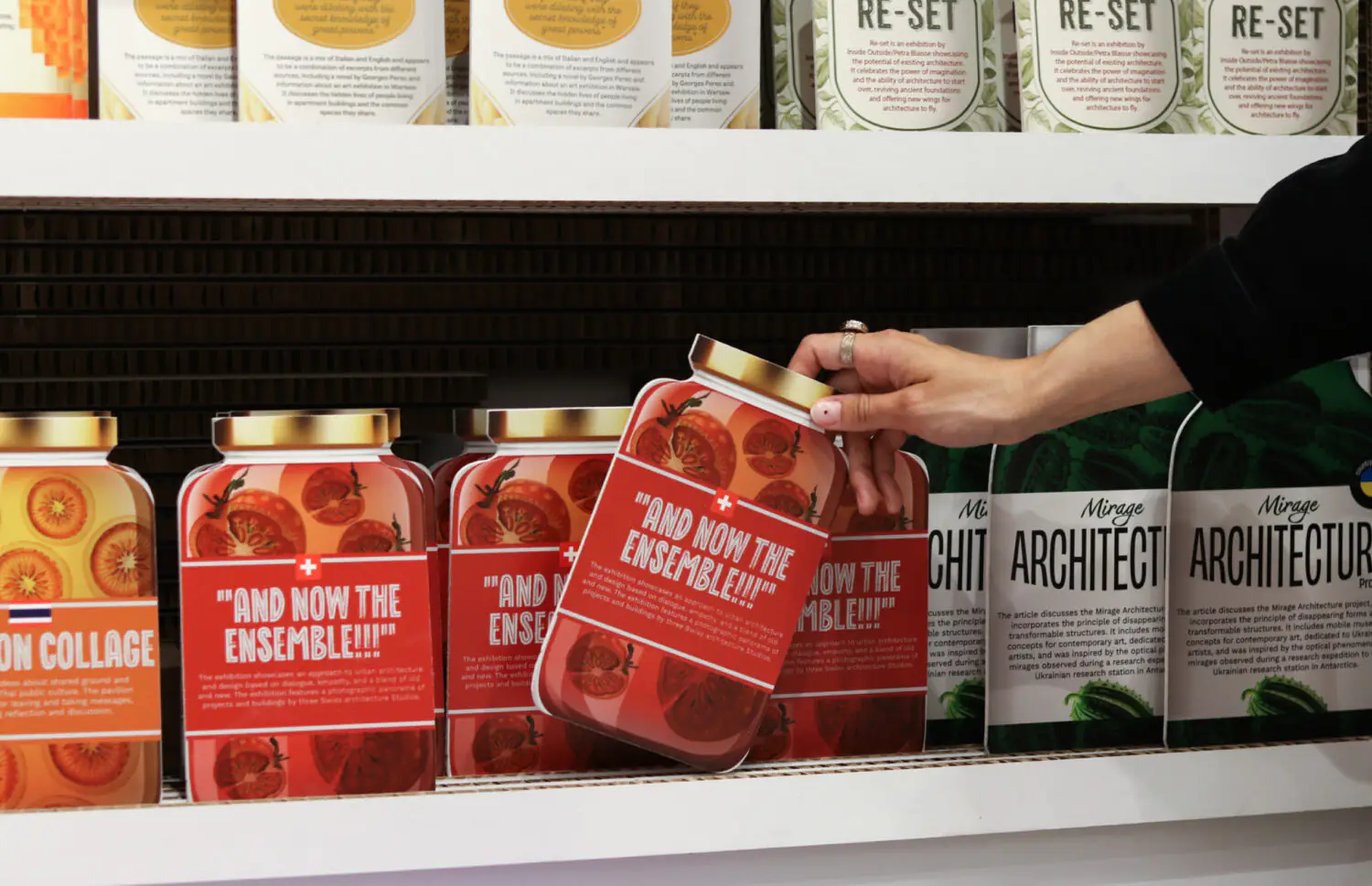
facebook.com/LVpavilion
/ meaning /
As Toms Karpas explains, the goal was to create “an environment where ideas can be freely communicated”. By inviting visitors into a familiar, routine space, the authors hope to “instill a sense of security and encourage them to make choices about products that are directly relevant and important to them”.
Campars also explained that the retrospective method allows for a detailed analysis of the past, and the future is impossible without it. Architects often come up with innovative projects that society forgets all too quickly and it’s important to revisit it from time to time.
Read more about the Latvian’s pavilion in another article.
Address: Campo della Tana 2169/F
Opening hours
May 20 to September 30
Tuesday-Sunday from 11:00 a.m. to 7:00 p.m. Friday and Saturday from 11:00 a.m. to 8:00 p.m.
October 1 to November 26
Tuesday–Sunday from 10:00 a.m. to 4:00 p.m.
Lithuania: the Future is Children and the Forest
/ project /
Like in the Estonian pavilion, the Lithuanian exhibition project is located outside the main venues of the Biennale, in the street next to the Arsenal. This is the Tanarte art exhibit space in Campo della Tana, 30 meters from the entrance to the main exhibition. It is entirely occupied by the Children’s Forest project. The main material of the pavilion is the logs of old pine trees that grew on the Baltic dunes. The logs were delivered to the Nida Art Colony of the Vilnius Academy of Arts, where they were cut up and stored as a “forest archive”. Some of these planks were transported to Venice, and after the Biennale it will be returned to the Curonian Spit.
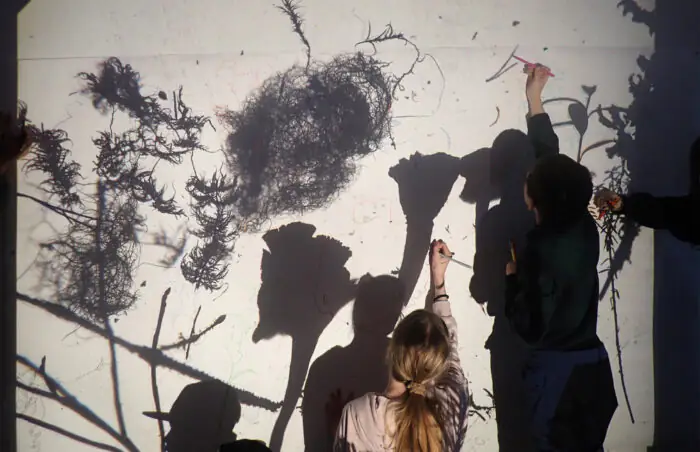
archdaily.com
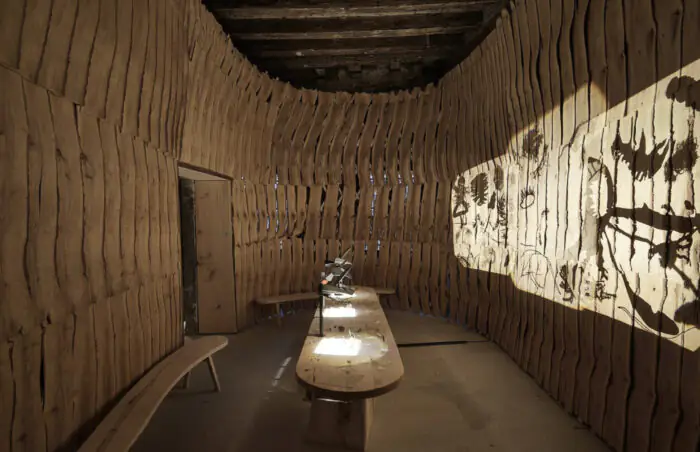
archdaily.com
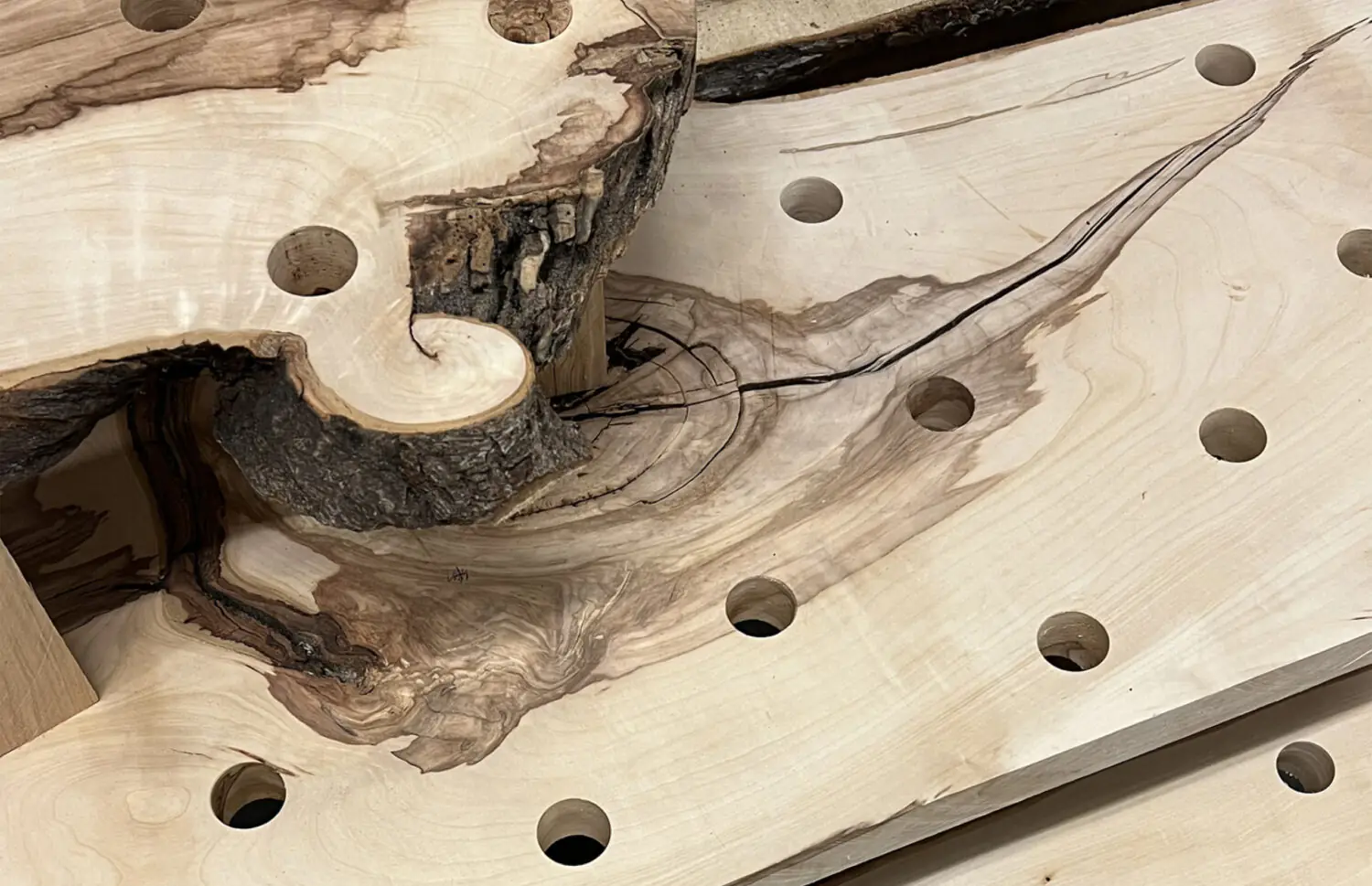
archdaily.com
/ authors /
The project was developed as part of the Neringa Forest Architecture Residency (NFA)—spatial research program on the Curonian Spit. Authors of this program are permanent curators of the Venetian Pavilion of Lithuania, architects Jonas Žukauskas and Jurga Daubaraitė. They worked on the exhibition together with the neo-conceptual artist Antanas Gerlikas, installation artist Jurgis Paškevičius and Anton Shramkov, an architect who explores the Curonian Spit and conducts architectural tours through the Neringa Forest.
/ meaning /
The pavilion is dedicated to environmental education for schoolchildren. And it’is primarily designed for children. Visitors go on an educational journey that allows them to get to know more about the environment. They study the forest’s ecosystem and master the alphabet of pine branches. It’s also possible to play with models of slugs, which are algorithmically generated and created by 3D printing.
In the far hall there is a small amphitheater with a film about introducing children to the nature of the Curonian Spit. This is a more than relevant project for a country where the birth rate is falling, and people consider climate change and the growth of waste as one of the most important threats of our time.
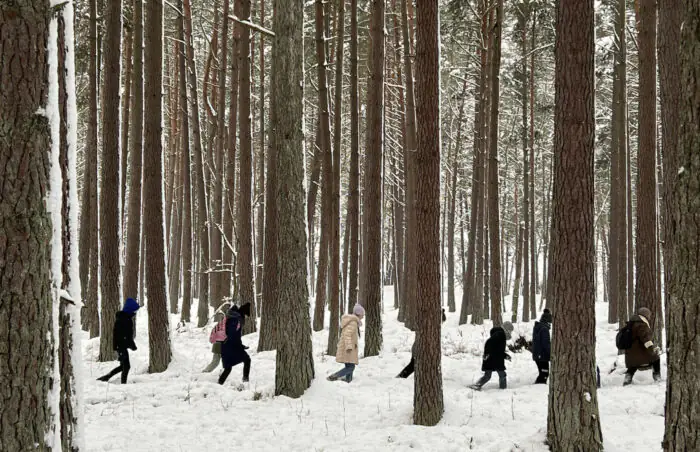
by environmental educator Riitta (Nyyskä) Nykänen
in Neringa forest, 2023
Jonas Žukauska
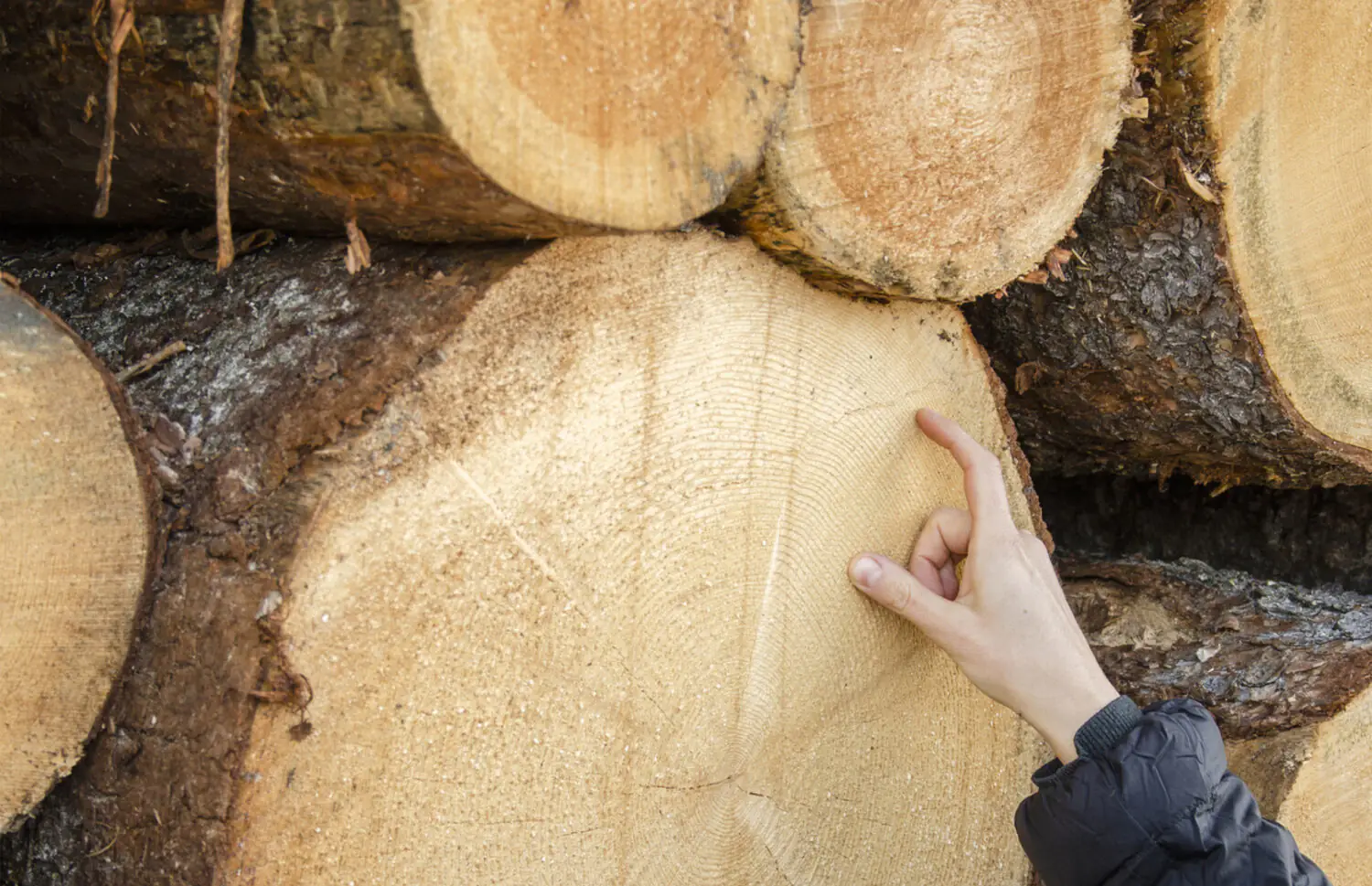
by environmental educator Riitta (Nyyskä) Nykänen
in Neringa forest, 2023
Jonas Žukauska
Architect Jurga Daubaraitė added, that “human interests, forest dwellers’ interests and nature’s interests come together in this space. In order to hear and respond to these interests, we think it is necessary to work with children and education, because the forest is a space where time is very important. The impact of our decisions will be seen by children.”
Address: 2125 Campo Tana
Opening hours
Tuesday–Sunday:
May 20 to September 30 from 11:00 a.m. to 7:00 p.m.
October 1 to November 26 from 10:00 a.m. to 6:00 p.m.
Closed on Mondays except August 14, September 4, October 16 and 30, and November 20.


